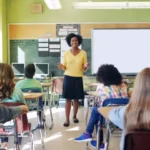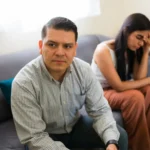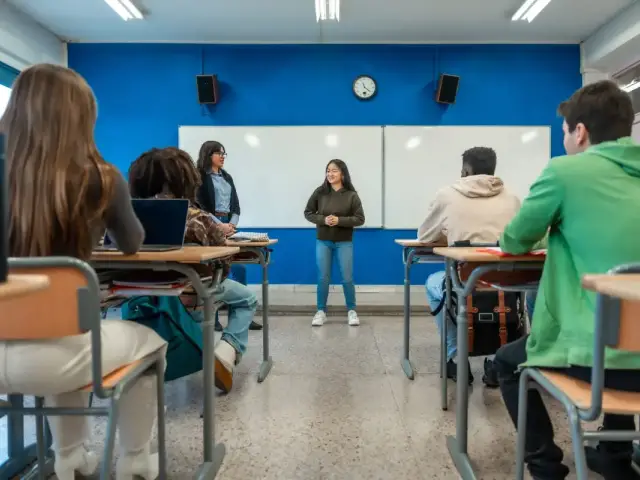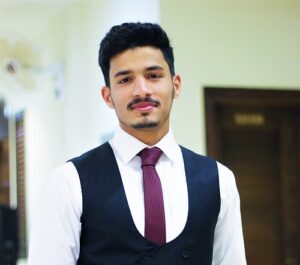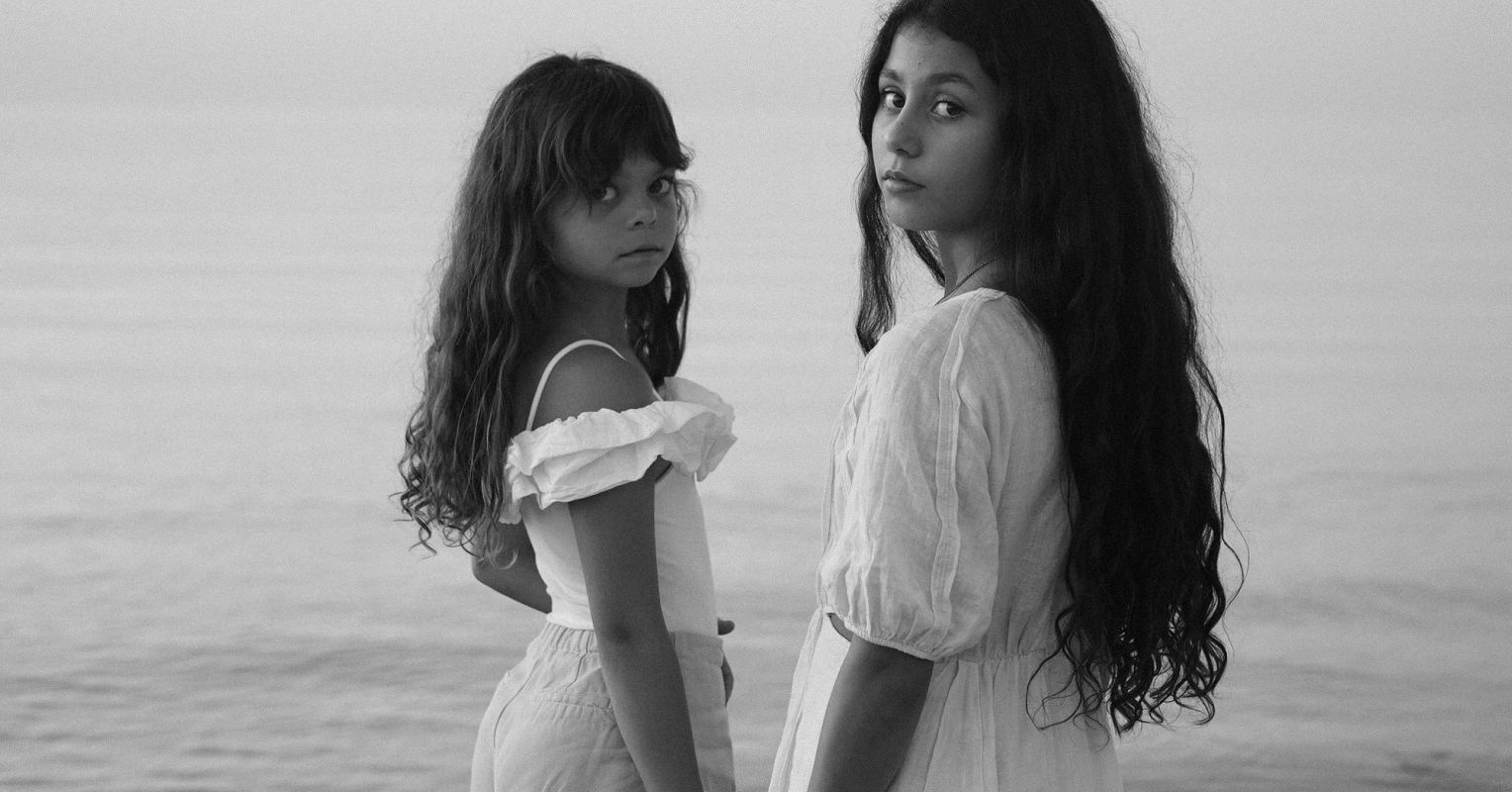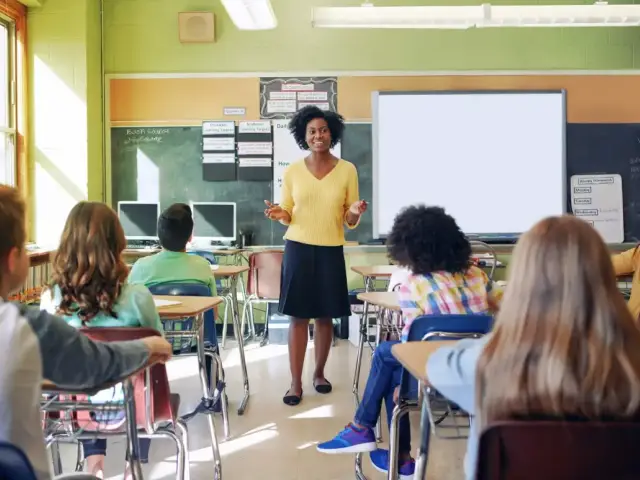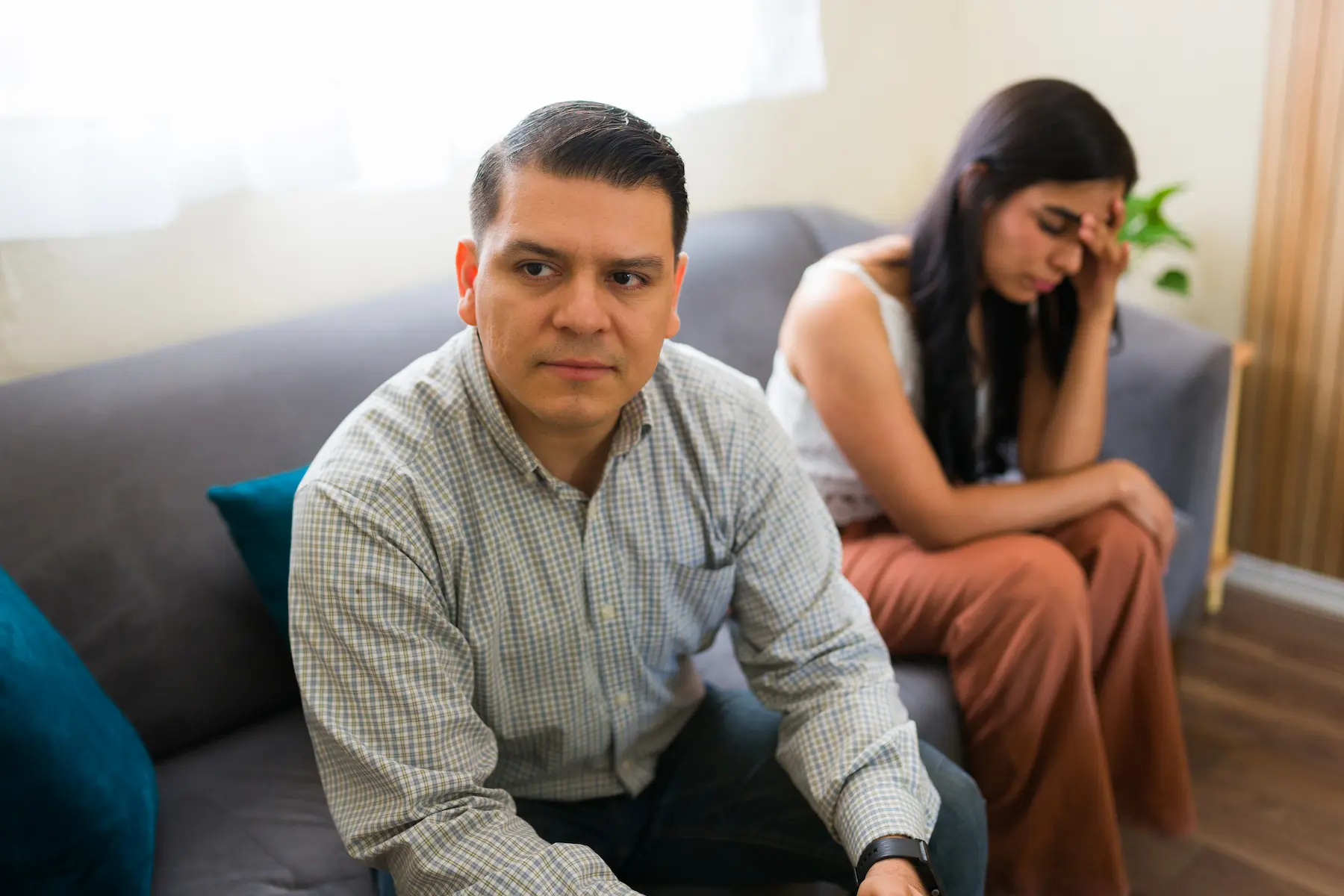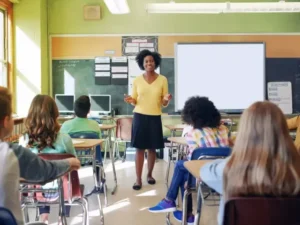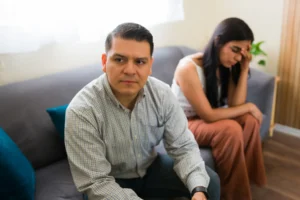When Shira Hofer arrived at Harvard in 2021, she was full of hope, not just about academics or independence, but about connection. As a graduate of a pluralistic Jewish day school, she had grown up in an environment that valued both shared identity and respectful disagreement.
“I was super excited, because I thought that it was going to be kind of like high school, but at a global level,” Hofer says.
She thought college would be full of people trading ideas, classrooms full of honest questions, and student groups helping people connect. Instead, she found silos. Clubs where everyone thought the same and friend groups that didn’t mix much outside their circles.
X

One moment made it exceptionally clear that college wasn’t what she had imagined. During a class discussion about dismantling the university system, she asked, genuinely curious, “Why are we dismantling the university system?” as a clarifier, before getting into the “how” to do it. The professor shut her down, saying it wasn’t a “safe space” for that kind of question.
She left class that day feeling confused and shut out, not sure what counted as OK to ask anymore. But that moment didn’t make her give up. It gave her a reason to dig in.
Hofer went on to found the Institute for Multipartisan Education in October 2023, now rebranded as The Viewpoints Project, and became a leading student voice for bridging divides on campus. Her journey, rooted in curiosity and disappointment, mirrors the broader crisis playing out in classrooms across the country: the fear of speaking up, the confusion between harm and discomfort, and the growing polarization that keeps students from engaging with each other honestly and bravely.
Bridging across differences is not just a skill; it can be the key to equipping students for a divided world. As educators, we can prepare students to engage with empathy, curiosity, and courage, recognizing that meaningful connection and progress on societal challenges happen when we lean into the hard conversations together.
The challenge of open conversations in diverse classrooms
Societal divisions often show up in schools through conflicts over curriculum content, cultural representation, and student identity expression. Educators and students frequently find themselves caught between opposing viewpoints, navigating pressure from parents, administrators, and peers.
These dynamics can create challenging learning environments where personal beliefs and public expectations collide. Issues like race, gender, climate change, and civic engagement can lead to tense classroom moments, especially when students’ personal beliefs clash with what’s expected or discussed in the group.
A 2022 report published by UCLA’s Institute for Democracy, Education, and Access found that U.S. public high schools have become limited in their ability to build students’ capacity for respectful, evidence-based dialogue, as well as their ability to acknowledge the value of every citizen. Additionally, they are struggling to explore diverse human histories, specifically when it comes to sexuality, gender, and critical race theory, which is a way of understanding how racism is not just individual prejudice, but built into laws, policies, and systems.
“Schools also are impacted by political conflict tied to the growing partisan divides in our society,” write John Rogers and his colleagues. “These political conflicts have created a broad chilling effect that has limited opportunities for students to practice respectful dialogue on controversial topics and made it harder to address rampant misinformation.”
The balancing act teachers face when attempting to foster discussion in politically charged or under-resourced environments, without deepening division, can often lead to students’ fear of saying the “wrong” thing, resulting in silence or performative engagement.
Hofer believes that a lot of this fear and hesitation is born from a good place and that it comes from a desire not to harm or offend people. In many cases, students just haven’t learned or been given the tools needed to speak up in a way that is productive.
“Students are so concerned about not offending each other that they don’t even know how to have conversations anymore,” Hofer says. “We can develop the skills to disagree in a respectful yet uncomfortable way that is not harmful to anyone, and the fact that we continue to talk about harm so often, especially as a counterargument against civil discourse, really demonstrates the need for this type of skill building.”
Teaching students skills for curious, compassionate dialogue begins with differentiating between discomfort, like feeling challenged or exposed, and real harm, like being targeted or unsafe. With that distinction in mind, we can create classroom norms that encourage open, respectful discussion.
Perspective taking and sharing stories
One key skill for bridging in the classroom is this ability to not only consider but to understand another person’s point of view, also called perspective taking.
Perspective taking is often divided into two categories, with cognitive perspective taking being defined as the ability to infer someone’s thoughts or beliefs, while affective perspective taking is the ability to infer someone’s feelings or emotions.
In addition to being part of empathy, perspective taking plays a critical role in kind, compassionate behavior and strong relationships. Research also finds that perspective taking can reduce bias and stereotyping.
How do we learn to get better at perspective taking? Simply asking someone “why do you think that?”—an invitation to talk about their upbringing and past experiences—can be a stepping stone to a deeper understanding of their point of view.
Jason Vadnos, a rising junior at Vanderbilt University and program associate and trainer at The Viewpoints Project, highlights why hearing other people’s stories is so powerful.
“Humans are inherently story machines and sort of story thinkers, and not so much logic thinkers,” Vadnos says. “Being able to focus on that storytelling element enables people to expand their perspective on how people could come to the beliefs they have.”
In addition to working with The Viewpoints Project, Vadnos also works with Dialogue Vanderbilt, a university-wide initiative that aims to foster free expression, civil discourse, and student engagement through dialogue on complex political and social issues. There, they have their own variation of a dialogue circle called insight debates. These debates are roundtable conversations on a selected topic where several dozen students sit in a giant circle. One student stands in the middle of the circle for two to three minutes to talk about their views on a subject, like religion’s role in politics or institutional neutrality. They discuss how they feel about it, their uncertainties, their questions, and their personal life experiences.
Members of the audience then ask them questions for a few minutes, and this continues for about an hour while rotating through different speakers. Anyone in the audience is invited to stand up and share their viewpoint.
“What’s been really interesting for me to see as both a participant and a moderator of that is how students are able to really break down into that deep personal level of how their life experiences have shaped their perspective and their viewpoint,” Vadnos says.
Although in most classroom settings, an activity of this scale isn’t always feasible, being open to discussion even when you inherently disagree and recognizing people’s humanity across different viewpoints can make room for civil discourse within the classroom and long after.
Bridging as a civic and emotional imperative
While it is natural to want to find a quick solution to a disagreement or argument, resolution is not always going to come from a discussion. That doesn’t mean that conflict has to turn toxic; we can still learn to exist in the discomfort of disagreement, which is something we’re bound to experience throughout our lives: in our families, communities, and larger society.
Learning bridging skills is a lifelong effort that nurtures both democratic engagement and Emotional resilience. When we invest in helping students bridge divides, we’re building a foundation for a healthier, more connected society for our future voters, leaders, and neighbors.
Without these skills, civil discourse breaks down, and we don’t just miss out on interesting conversations. We are less equipped to foster genuine understanding and create the possibility for collaboration across lines of difference.
“You have to be able to have conversations across viewpoints for our democracy,” Vadnos says. “That’s the nature of democratic decision making. It’s the nature of bipartisanship. If we all just sort of stuck to our own viewpoint, refused to listen to anyone else, or refused to accept change, we would never make any progress.”

